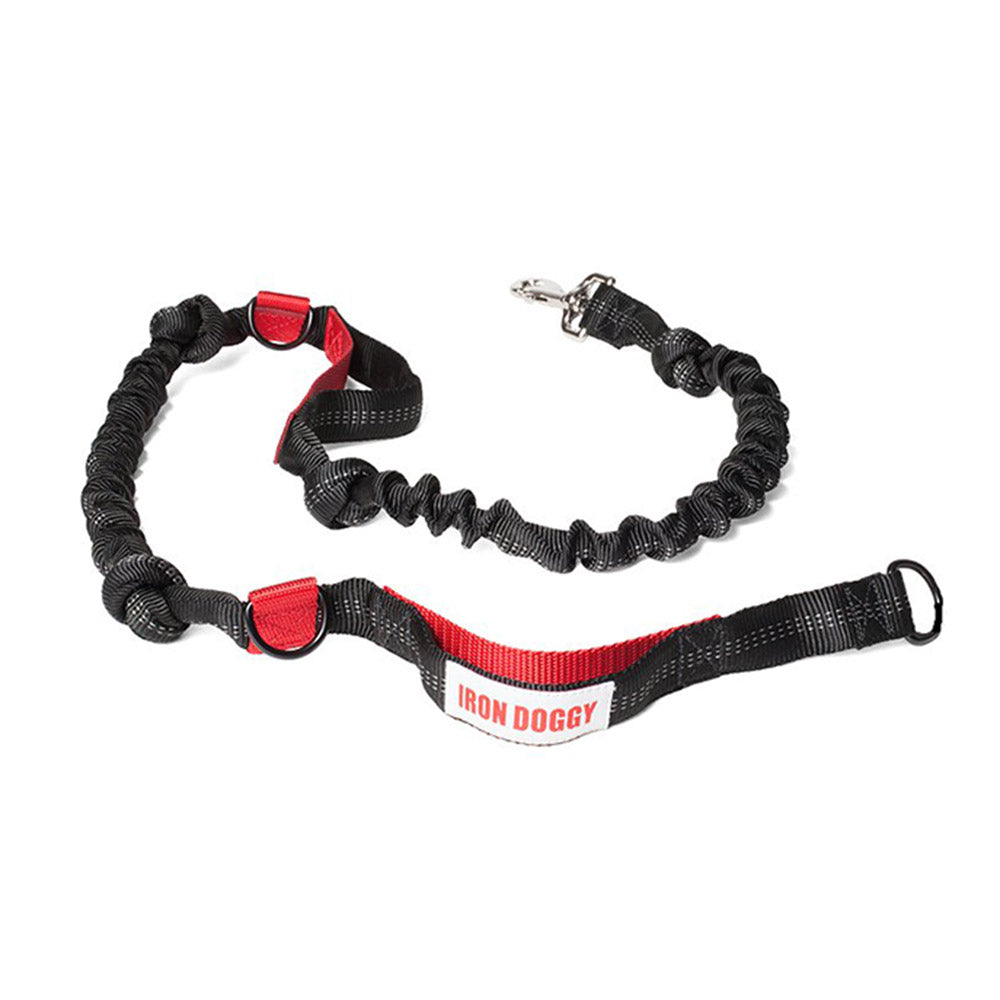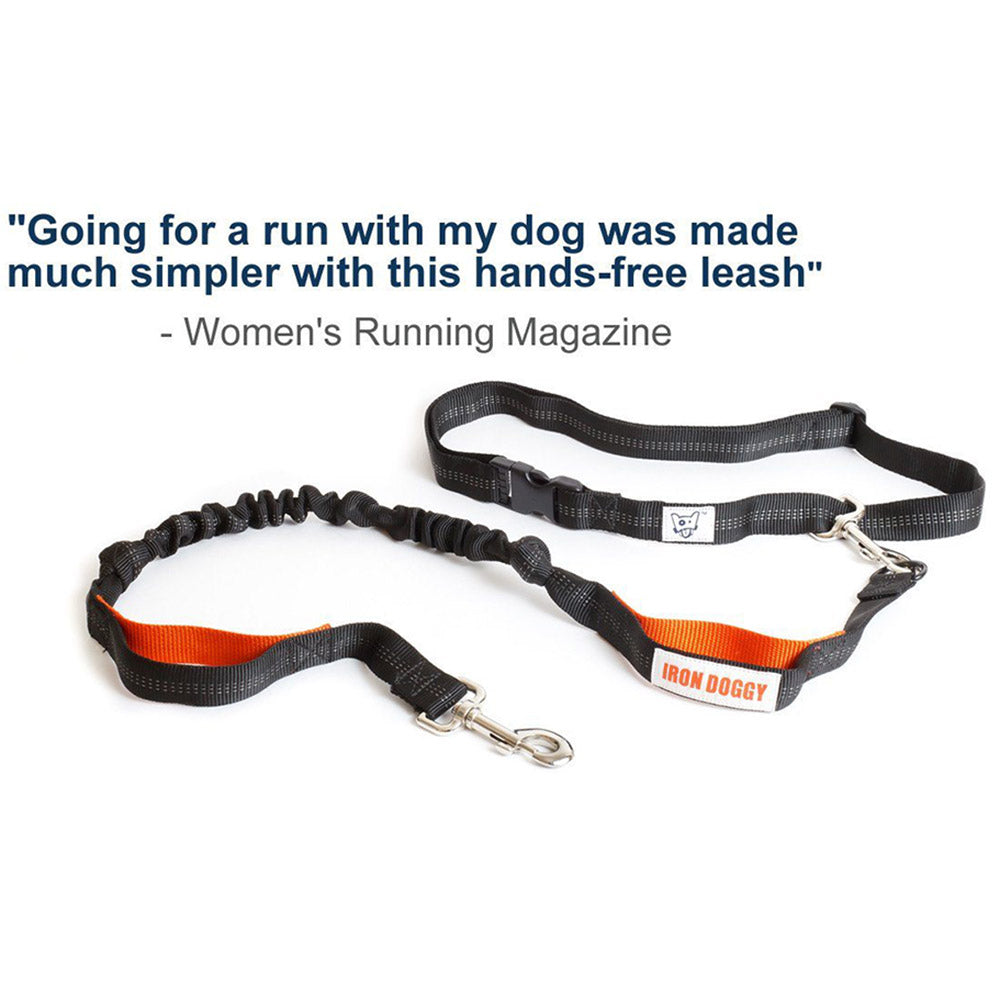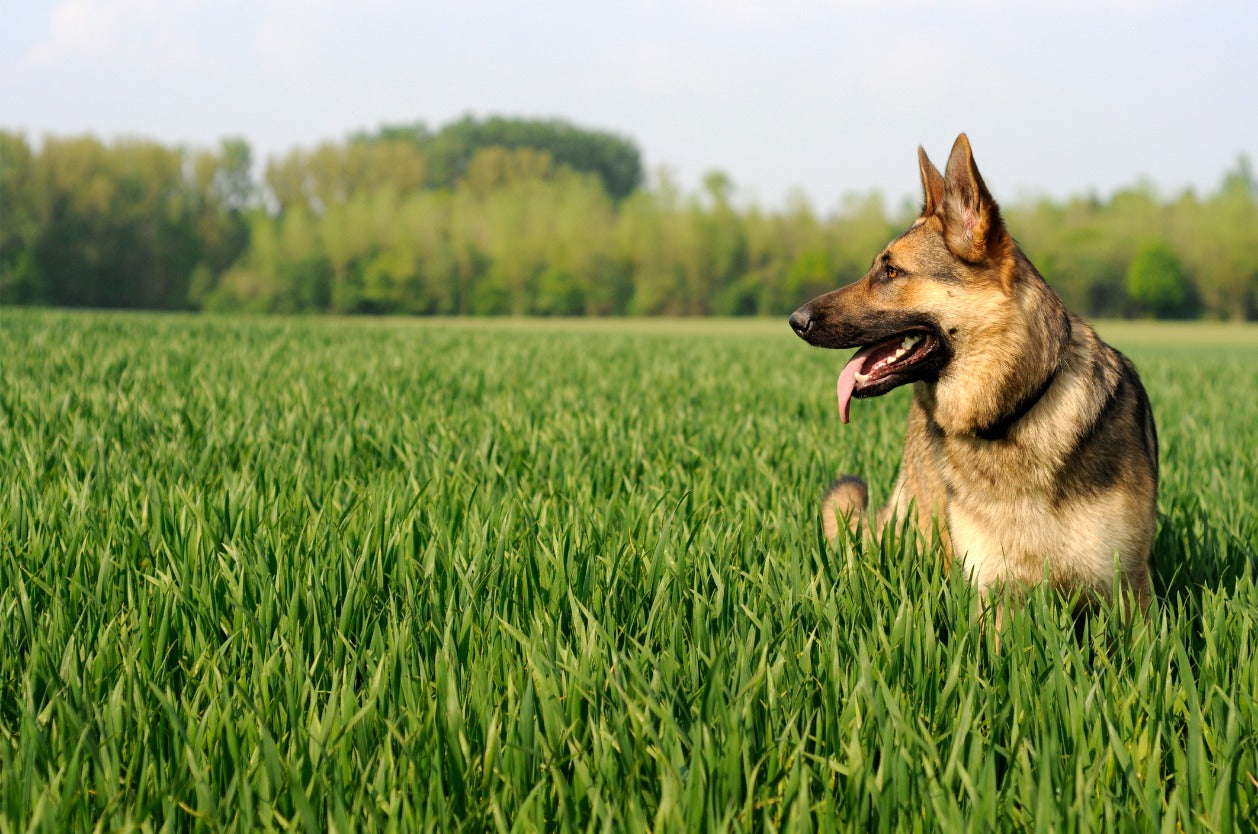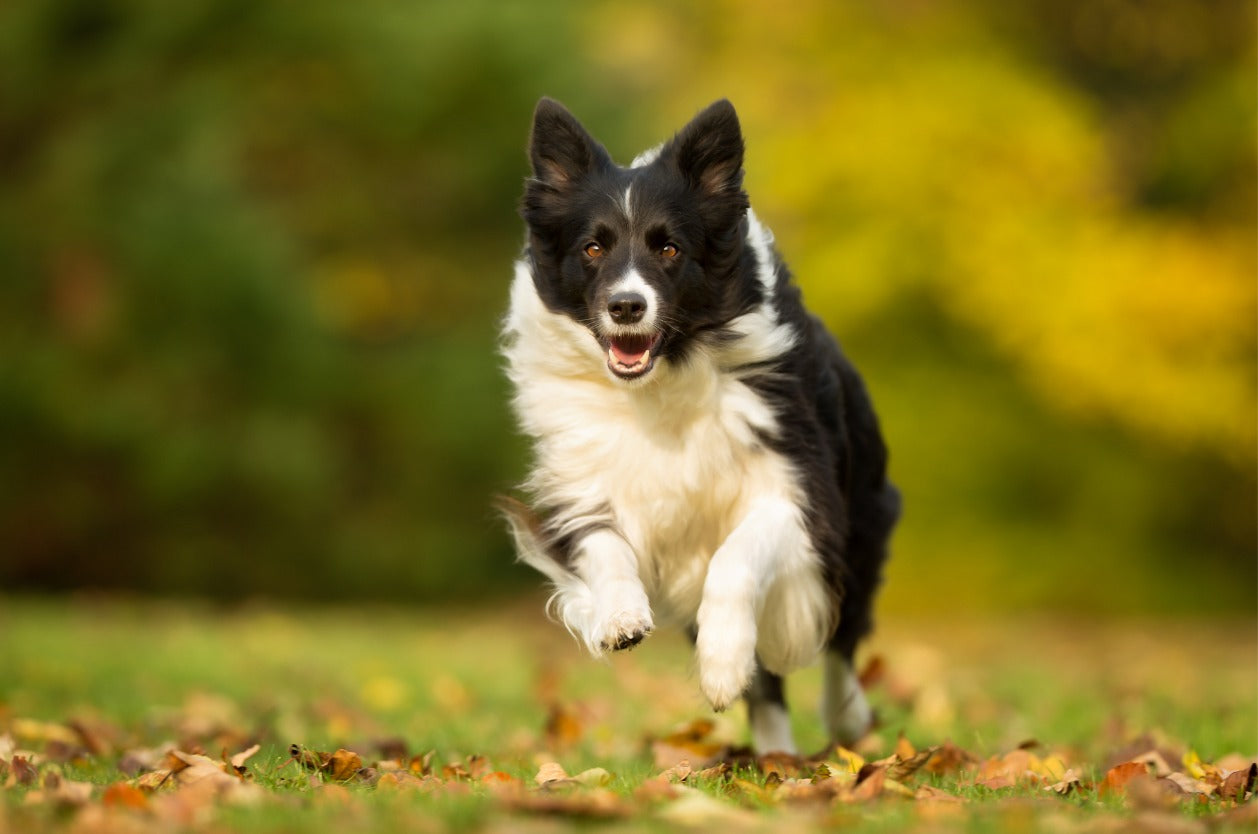
It's a sad fact that no matter how much we love our dogs (and they love us) when we put them on their leash, they sometimes turn into real jerks. As in, jerking this way, jerking that way, jerking until our arms feel like they're about to fall off... How do we stop a dog's endless jerking while on the leash? Let's take a look at some equipment and strategies that can help you manage better leash training for dogs.
1. Get the Right Kind of Leash
The strategies below all require at least one free hand. If it's all you can do to maintain some control of your pup using both hands, it's going to be impossible to implement these strategies. So choosing the right kind of leash is the first step in leash training for dogs and how to teach them not to jerk. It's also essential if you plan on taking your pet on runs with you.
The best type of leash is hands-free, like the Runner's Choice (with Belt). It fastens around your waist and lets you use your whole body weight against your dog's desire to jerk. No more sore arms or shoulders with this leash! It also greatly lessens the chance that your dog will be able to quite literally pull you off your feet with an especially strong jerk. That's safer for you, your dog, and anyone around you when walking or running on a crowded path.

Why is this leash so special?
- Unique marine-grade bungee system has a minimum breaking strength of 215 pounds to withstand even the wildest lunges and jerks
- Two raised control handles for extra control when you need it most
- Three adjustable leash lengths (30", 46", and 54")
- The included belt is adjustable to fit waists from 28 - 48"
- Made in the USA
Using a hands-free leash is especially important if you plan on running with your dog as it can offer healthy exercise to both you and your pup. Remember that using the wrong kind of leash can also ruin your form.
2. Use the Right Harness
A dog that jerks or pulls against a collar is at risk of damaging his trachea (windpipe), salivary glands, and delicate thyroid gland from the pressure a collar puts on it. That constant jerking or pulling can also result in spinal damage and changes in eye pressure. According to a scientific research paper, "Intraocular pressure increased significantly from baseline when pressure was applied via a collar but not via a harness."
A harness spreads the pressure of pulling or jerking out across a larger and less sensitive area. Of course, a dog's instinct is to pull against pressure and some dogs are born to run. Just picture a team of sled dogs all pulling eagerly while in harnesses! Using a harness with a leash attachment on the dog's chest rather than his back (a no-pull harness) lets you control that pulling instinct.
That front attachment lets you use the dog's own weight against his desire to jerk. A leash attached to the front of the dog will automatically pull his body to the side if he tries lunging ahead. That puts him slightly off-balance and stops the jerk as soon as it begins.
A dog wearing a harness should also wear a collar, even if just for those vital ID and vaccination tags. A collar is also more comfortable for your pet when he's not on a leash.

3. Training Your Dog to "Watch Me!"
Now that you have the right equipment for leash training for dogs, it's time to teach your dog a very important lesson. It's a lesson that will make doing almost anything with dogs easier and that may even save their life someday. It's the "Watch me!" command and it's actually pretty easy to teach as long as you have the right tools and plenty of patience. Chewy has a great video on how to get started teaching this important behavior.
Tools needed to teach the "watch me" command:
- A pocket or pouch full of especially yummy treats or a favorite toy
- A clicker
As long as your dog knows that a click means earning a treat, you can click immediately to reinforce the correct behavior while you're still retrieving a treat. This ensures that your pup recognizes that looking at your eyes is the desired behavior. Otherwise, your dog may be focused on your hand fishing around for the treat rather than your eyes!
Start training your dog to watch you in a quiet location. After he has it down, start slowly adding distractions. Try moving from a quiet room to a busier living room or kitchen, to the backyard, and eventually to public places. Any time your dog starts missing the cues, move a step back to a quieter location until he has a handle on the command again. This is where the patience comes in!
The watch me command is a helpful first step whenever you're training your pet. After all, if your dog isn't watching you, what are the chances that he's listening to a word you're saying either?

4. Teaching Loose Leash Walking
A dog that is watching and listening to you while on the leash is less likely to be tempted by a strange dog or scolding squirrel into jerking on the leash in the first place. That's where loose leash walking comes into play. A dog that walks calmly on a leash next to you is a joy rather than a constant struggle. Both you and your pet will enjoy your runs together when neither of you is jerking on the leash!
Start loose leash training by giving your pup a treat whenever he stays near your side (pick one side and stick to it). Give him the treat at his head height, right next to where a pants seam would be. By treating him frequently, you'll encourage him to stay near you. After all, why get too far from where the yummies appear?
The next step towards jerk-less leash training for dogs is to make an immediate 180-degree turn whenever your dog jerks, lunges, or even just gets too far ahead. The abrupt turn will take him by surprise and teach him to watch you for clues as to where he's going. It rarely takes more than a few of those sudden changes of direction before a dog learns to keep an eye on his owner rather than the nearest tempting distraction. Clever dog!
5. Enjoy a No-Jerk Run
If you're getting ready to run with your dog, visit our Dog Blog for more training tips, helpful information, and running inspiration. And don't hesitate to send us a woof with questions about the best leash for your favorite four-legged friend!






